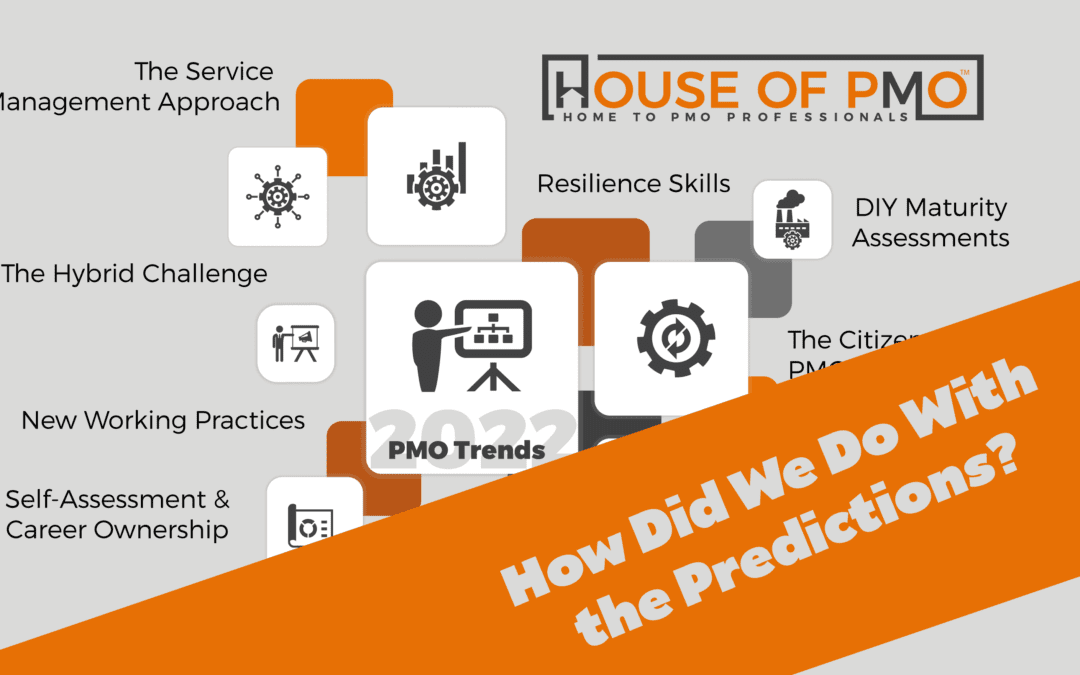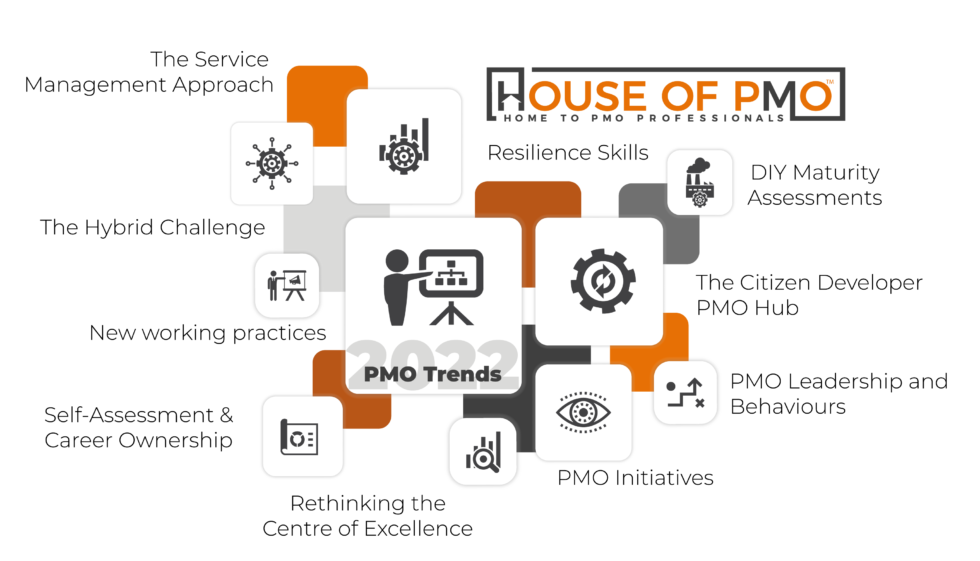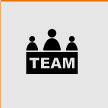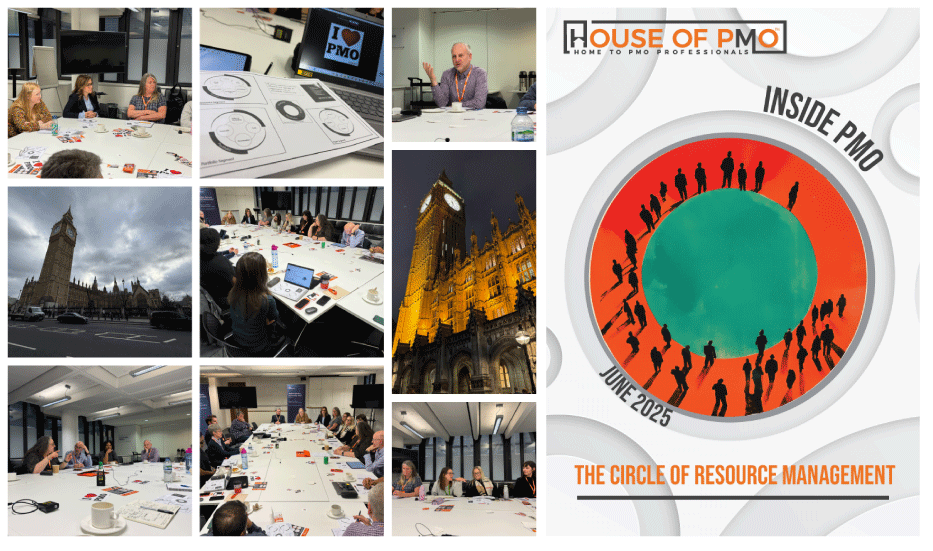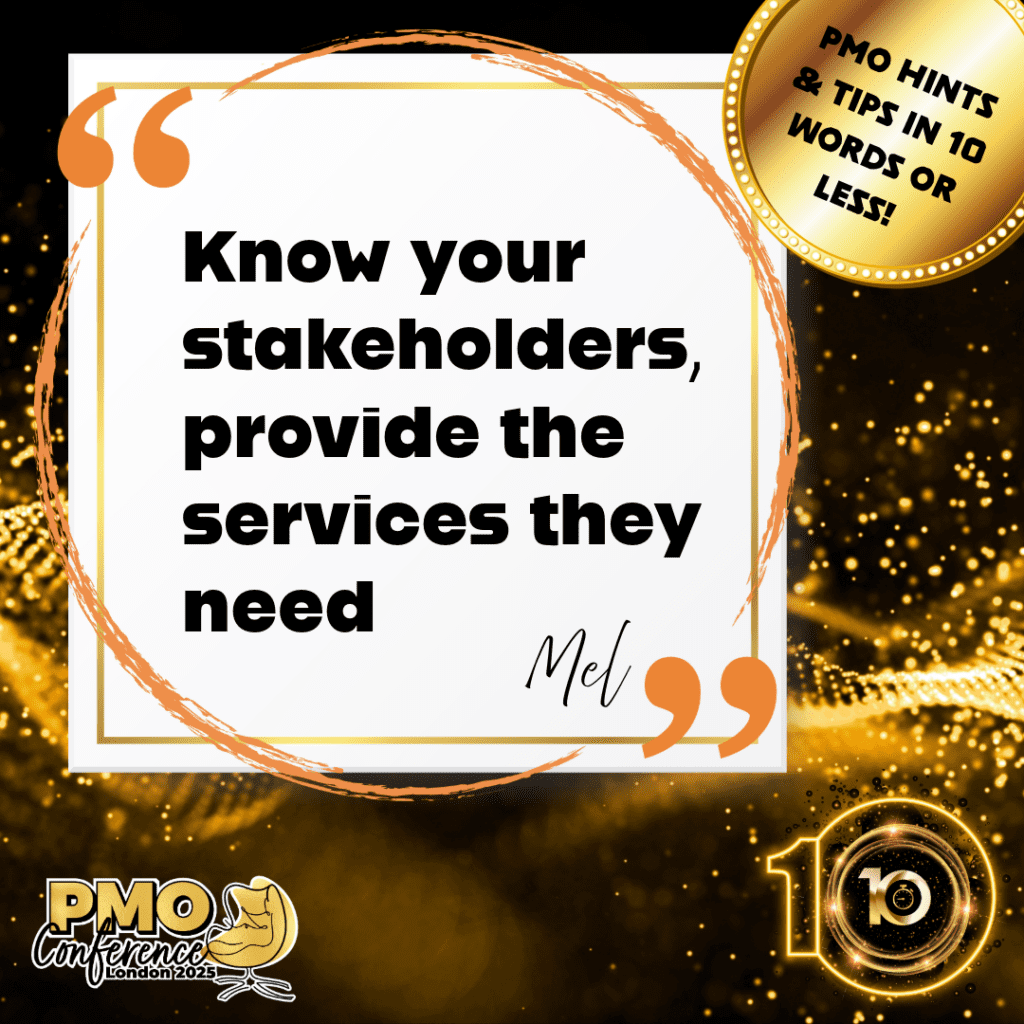Each year the House of PMO predicts the coming year for PMOs in the annual Trends article. As we near the end of the year, we take a look what was predicted for 2022 and take a look at the realities for PMOs and PMO practitioners. The trends for 2023 will be made available in December.
The trends for 2022 were as follows:
PMO Trends for 2022
Here are the new predictions for 2022, you can read the more detailed insights on all of these here.
- The PMO has shown great resilience over the year, something which came as a welcomed surprise, and something that they will continue to draw on and utilise.
- Keeping a check on providing the core services from the PMO and delivering these exceptionally well.
- Driving initiatives with good project management practice, being an exemplar when it comes to change.
- Old ways of thinking about new ways of working – from in-person to virtual to hybrid
- The other hybrid challenge – data-driven, value-driven and the role of the PMO
- The whole delivery environment – a leap forward for the Centre of Excellence.
- The PMO – a hub for citizen developers
- Taking ownership for self-development through self-assessment
- DIY maturity assessments – the PMO does-it-themselves
- Focus on PMO leadership

Digging Deep with Resilience
PMOs continue to dig deep with resilience as 2022 has not bounced past post-COVID as expected. With the world seeing turmoil from war and the knock on effects on energy and food prices – plus inflation rises and unrest with strike actions, certainly here in the UK – it’s not an understatement to say it’s not been the easiest of circumstances. Even with all of this, the PMO community have continued to do the work they do best and look to make improvements for their organisations.
There are still a large cohort of PMO practitioners that are working from home and managing the infrequent commutes into the workplace – in some quarters (especially those new to PMO or new to an organisation) more in office working would be welcomed. If there is a weakness in the resilience it is more about managing the balance of working and home life, just having that routine of being back at the office, that time to think and reflect on the day whilst making the way home seems to improve mental health just that little bit.
In terms of working practices, the rise of hybrid working has meant changes to the times and frequencies in which PMO teams get together – it involves some juggling, some bartering for office space, making it ‘worth’ the travel time and so on. The jury is still out on being overcome the frustrations of being in the office and still attending Teams calls with others who can’t make it.

Services and Change
We’ve heard a lot of stories and insights from PMO practitioners over the year which have included getting the basics rights whilst also picking off the introduction of new services. There’s also bigger stories of PMOs being revamped, some even merging. If there is one thing we can pretty much guarantee with PMO there will be something that is new or needs changing over the space of a year.
Popular events at the House of PMO have been around some of those basics – such as risk management, resource management, governance and benefits management – and the interactive engagement from members continues to highlight that many PMOs face the same challenges. Often these challenges can be overcome with minor tweaks or better relationships. Sometimes these challenges involve bigger commitments to change – which are led using the good practice principles of project and programme management.

The Other Hybrid Challenge
PMOs that support all types of project delivery – waterfall, SCRUM, DevOps, anything that gets stuff done – have struggled to incorporate all of them into portfolio level reporting and executive summaries. At the House of PMO we’ve heard those frustrations, spent a number of hours running sessions to help understand the problem and tackle it. One thing is clear – not many have found the right solution – and certainly not one that is not admin heavy. You can take a look at an excellent article that shows where we’re up to with this particular challenge.

PMOs and Experiments
Has there been a discernable increase (or even noise) about citizen development? In our experience, no. It’s one of those areas that we know is coming down the line – the advances and possibilities in data analysis and automation are beginning to be understood but not many PMOs are riding that current wave. It will come, but for now, PMOs are starting to utilise tools like PowerBi – most likely due to pre-existing licensing arrangements and its kinship to Excel.

Assessments on the Radar
There were two assessment based trends for 2022 – the individual practitioner and self-assessment plus assessments for the organisation. The first is related to the uptake of the PMO Competency Framework and the ability to perform a self-assessment based on that. We’re seeing the PMO Competency Framework being purchased across the globe and members taking up the self-assessment through their membership but more needs to be done to raise the awareness of how self-assessments can help individuals in their careers. The House of PMO will be focusing on that throughout 2023.
With the organisation self-assessment it is related to maturity – and how delivery organisations can get better at project and programme delivery. We shared a session at the House of PMO which allows people to take the first steps DIY style before committing to more expensive options such as P3M3. It’s on people’s radars but there doesn’t appear to be any increase in PMOs taking up the initiative.

PMO Leadership
We kicked off 2022 with a report all about PMO leadership and made it clear that leadership is not just for managers and directors. We also presented on the topic a few times and got some great feedback from members – one area that was particularly interesting is that the PMO itself can be considered a leader in the organisation too – when you consider this perspective it can open up the possibility of what the objective of the PMO is and what kind of services it offers and the types of people that work within it. For 2023 we want to take it further and look at that and what it means in reality for PMOs today.
We will be publishing the trends for 2023 in the next few weeks, in the meantime

